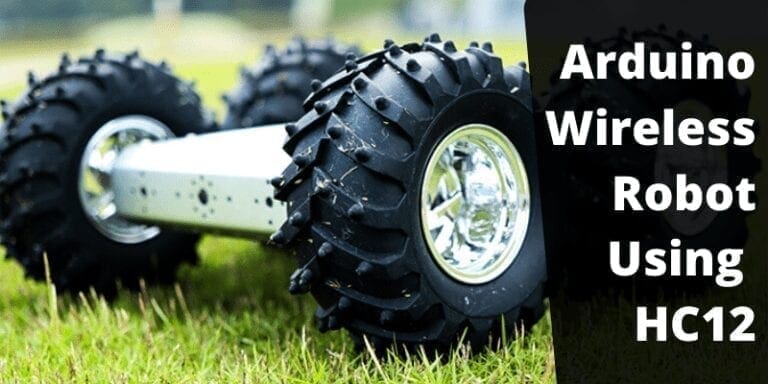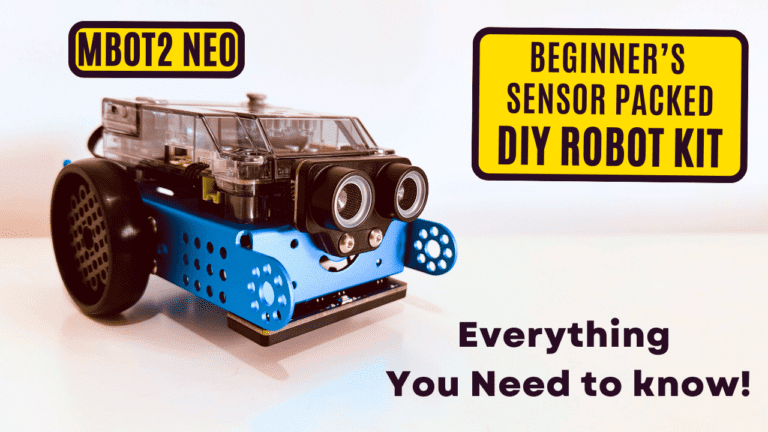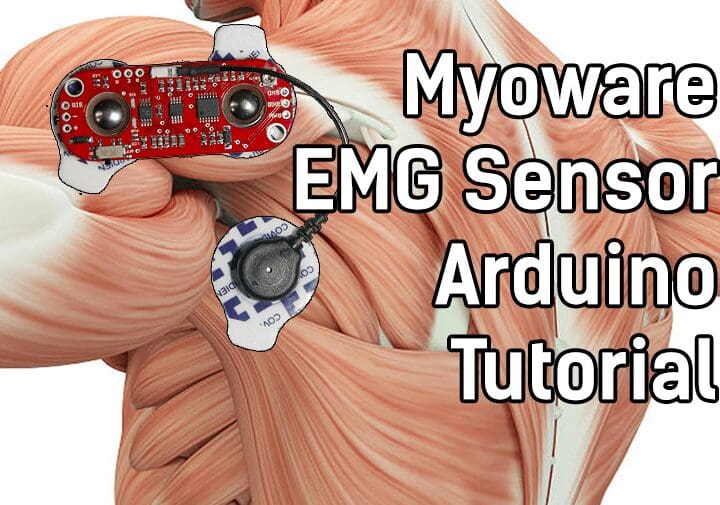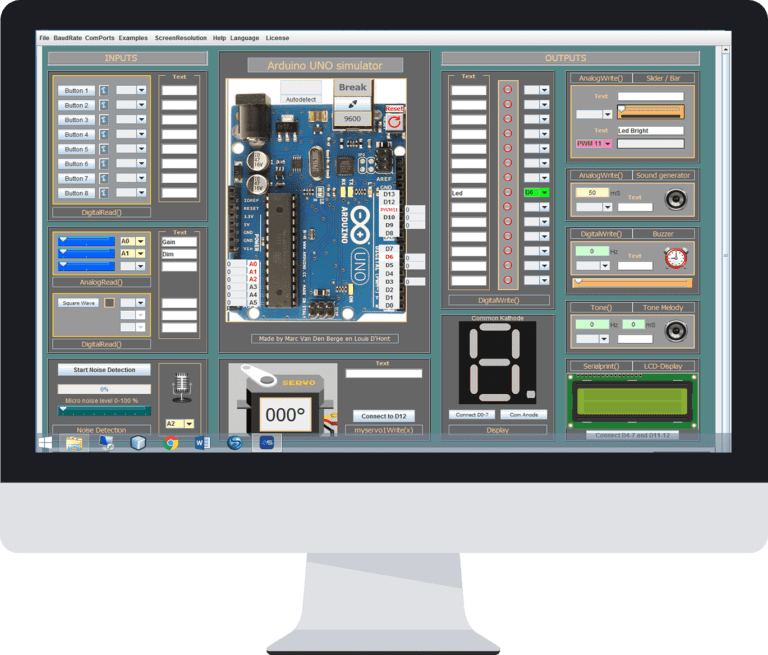DIY Aquarium pH Meter using Arduino
What is pH?
We learned in class that water, or H2O, consists of Hydrogen and Oxygen molecules. Neutral water is given a pH of 7. It contains equal amounts of element ions (H+) and hydroxide ions (OH-). Adding chemicals and minerals modifies the balance of these ions and alters this neutral state. [AdSense-C]
Increase the amount of ions (H+), and also the water becomes acidic (“low pH, less than 7 “). Increase the amount of hydroxide ions (OH-), and the water becomes alkaline (“high pH, greater than 7”). The more these values rise or fall, the more acidic or alkaline the water becomes.
Sponsor Link
This Project is Sponsored by UTSource. UTSource is a professional electronic components supplier.
Aquarium pH Meter and Its Importance
As you all understand, hydrogen ion concentration could be a vital unit for measuring of acidity/basic nature of solutions. Hydrogen ion concentration measuring is wide utilized in virtually each aspects of our lifetime of applications like agriculture, industries, environmental pollution watching, sewer water treatment and in analysis and development. Hydrogen ion concentration could be a live of the acidity or pH scale of an answer.
If you’re designing a replacement to your aquarium, it’s wise understand the hydrogen ion concentration of your water. Changes in the hydrogen ion concentration, will prove harmful or maybe fatal to fish. If the hydrogen ion concentration is more than a particular level, it will increase the toxicity of chemicals like ammonia. Hydrogen ion concentration changes are very significant for young and sick fish. In most of the species, breeding happens solely within a particular hydrogen ion concentration vary.
DIY Arduino pH Meter for Aquarium
Start building your own Arduino pH scale detector for your very own aquarium, marine museum or for your water tanks. Use this detector for your aquaponics or fish tanks. [AdSense-C]
This pH scale meter gives out analog voltage depending on the current pH level of water inside the aquarium. This analog voltage can be read using any of the analog pins of the Arduino.
1. Connections – IR Sensor to Arduino

- pH Sensor ——- Arduino
- Vin —–5V of Arduino
- Gnd —– Gnd of Arduino
- Vout (Analog) —– A0 of Arduino
2. Arduino pH sensor Code
int ph_analog = A0;
int ph_analog_val;
void setup()
{
pinMode(ph_analog, INPUT);
}
void loop()
{
ph_analog_val= analogRead(ph_analog);
Serial.print("Analog Value - ");
Serial.println(ph_analog_val);
}
Just select the board and upload the sketch. That’s it, Guys. Your DIY Aquarium ph meter is now ready to use. Just dip the ph meter probe to some solution and it will start showing you the values corresponding g to the ph of the solution.
Now, we have to figure out the pH of the solution corresponding to the analog value observed from our Arduino pH Meter. For that, we will take some chemicals with known pH values and plot a graph with
Here are some of the known pH values.
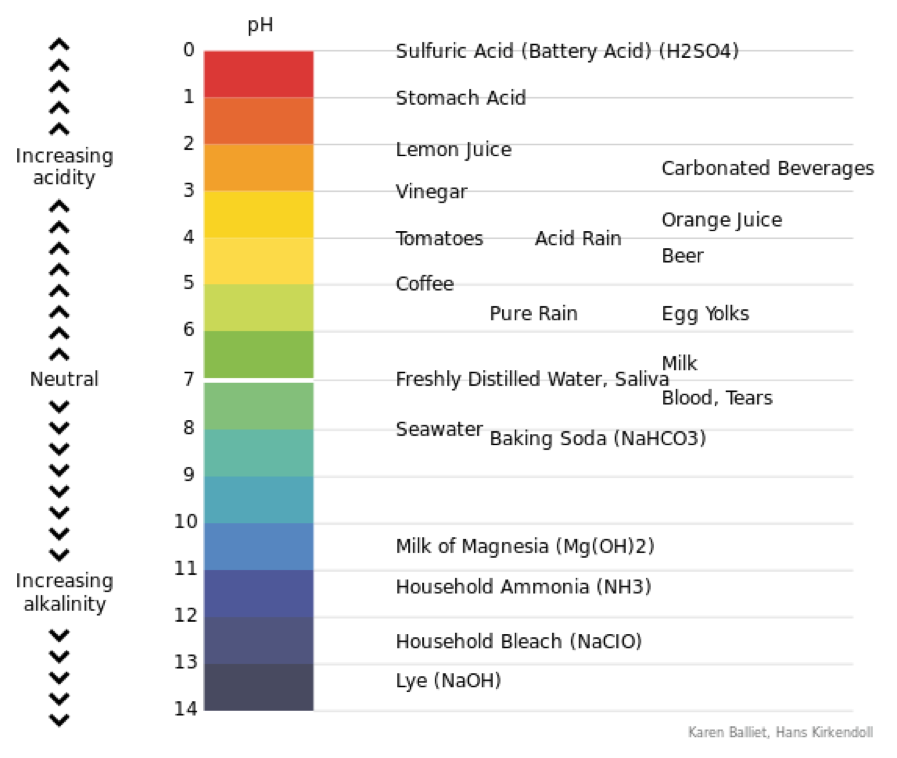
The Voltage Vs pH graph will be somewhat a straight line. From that graph you can measure the pH of the Aquarium water by using the voltage that was observed while dipping the electrode into it.

